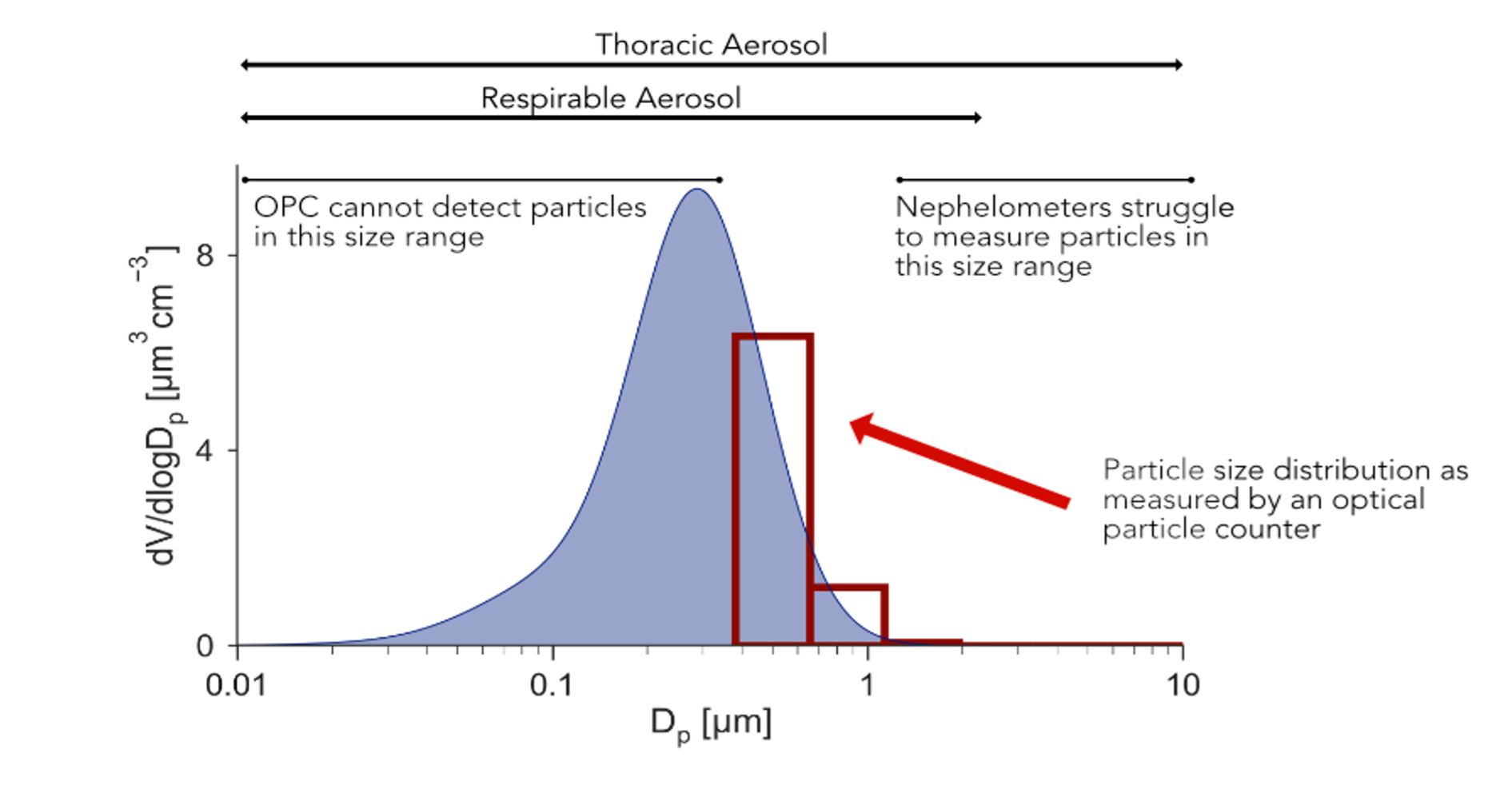Testing air purifiers for classroom health
Air pollution poses a huge threat to children's general health, brain function, and academic performance. Given the significant amount of time they spend at school, improving school air quality is essential, and using portable air purification units may be a key way to reduce their exposure to harmful air pollution.
Integrated monitoring solutions provider Urban 360, an organization spun out from the University of Manchester, designed a robust evaluation to determine whether investing in air purifiers would improve air quality across U.K. classrooms.
"If this was rolled out as scale, what effect could these commercial air purification units have on pupils' and teachers' exposure?"
Dyson™ air purifiers were chosen for their ability to be monitored remotely - an important consideration given the Urban 360 team was observing data from multiple classrooms in London from many miles away at their offices in Manchester.
Sensors designed for ease and accuracy
Over the course of several months, eight South London schools participated in this study, with two classrooms monitored at each school.
Air quality sensors - one inside each of the two similarly-sized classrooms and one at an appropriate site outside the classroom - were deployed to measure indoor air pollution. Air purifier performance was assessed by comparing indoor fine particulate matter (PM2.5) concentrations in the classrooms with and without air purifiers. The location of sensors also allowed for analysis of regional outdoor pollution concentrations.
QuantAQ's MODULAIR™-PM sensor was chosen to deliver measurements after an extensive trial phase for comparison, calibration, and testing at the Manchester NERC Air Quality Supersite. Accuracy and remote maintenance were top criteria for the team.
"From the MODUlAIR™-PM units we saw a robust connection, really good data quality, and that enabled us to pull out subtle changes in PM2.5 in response to the purifiers. They were an effective, accurate, reliable measure of PM2.5 for a project like this."
The capabilities of the combined nephelometer and OPC was another draw for the QuantAQ units. Unlike other sensors considered, the dual-detection approach results in accurate concentration measurements across the full spectrum of particle sizes.
The team was also able to streamline easy and reliable data collection in London from their headquarters in Manchester with the QuantAQ units, which send data to the cloud in real-time via the cellular network.

"Setting up the experiment to run autonomously was really important. After the extended period of calibrations in Manchester, we expected to set up and be confident in collecting good quality data, to bring them back and co-locate them at the end to ensure consistency, which we did successfully."
Paths forward for safer air quality in classrooms
Not every classroom and school recorded improvements in air quality when using air purification units - likely due to the broad range of human factors, like opening and closing windows and doors. Data from across all the schools collectively show that the use of air purification units reduces classroom PM2.5 levels during school hours by 15-20%, a vital reduction given high overall concentrations across the region.
The study revealed an extensive amount of air pollution both inside and surrounding the schools. Between the eight schools, mean classroom PM2.5 concentrations during school hours ranged from 3.4 µgm-3 to 8.4 µgm-3, with maximum levels as high as 233.4 µgm-3. These numbers suggest the likelihood for negative effects on students' health and ability to learn.
Based on the results, there is an urgent need for school indoor air quality standards and regulations that support lower indoor pollution concentrations, as well as access to educational materials and guidance that help schools efficiently benefit from air purification technologies at scale.
Findings can positively inform school decisions to widely invest in air purification technologies and give involved community members like parents and teachers futher insights.
The funders, Impact on Urban Health, were pleased with the real-world application of this emerging technology and thoughtful experimental design.
"We commissioned the team to assess the real-world efficacy of air purification in local schools in Lambeth and Southwark. The team over-delivered, managing to collect measurement data over a longer period than planned in most schools, which felt like a real value add."
With the help of QuantAQ's MODULAIR™-PM sensors, the study led by the Unviersity of Manchester and the Urban 360 team yielded results that advocate for implementation of both air purifiers and air quality sensors which can identify areas of highest need and prove evidence of positive impact.

